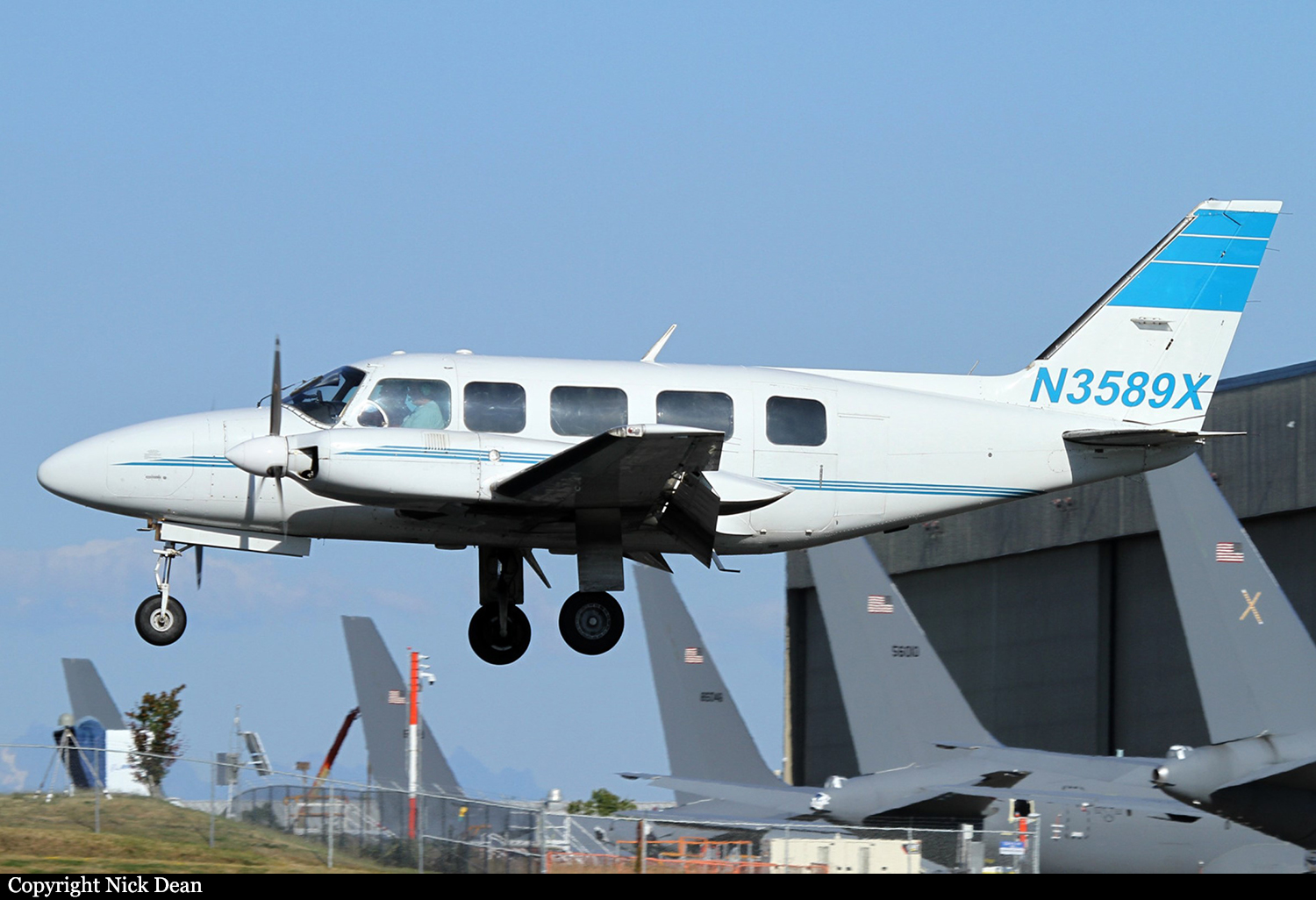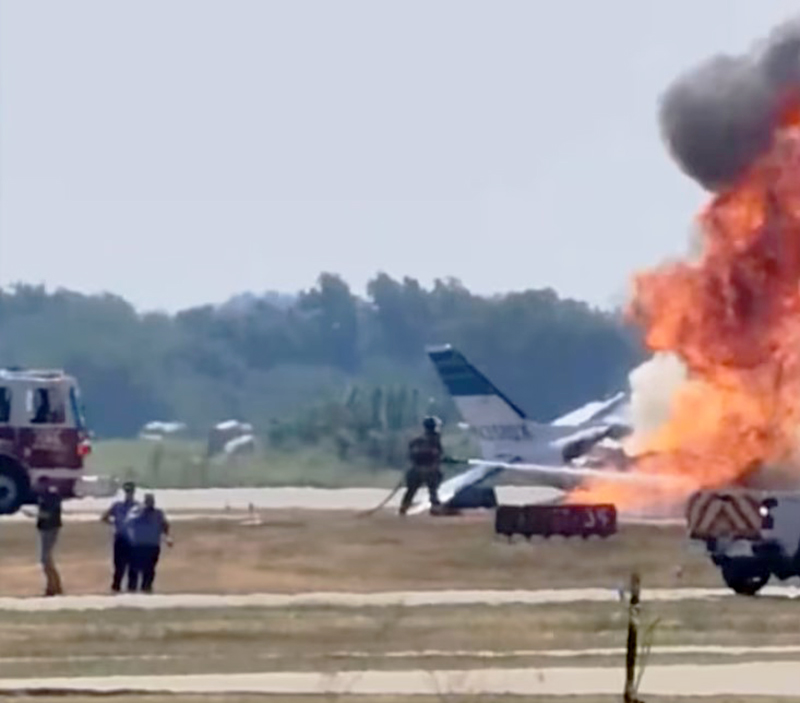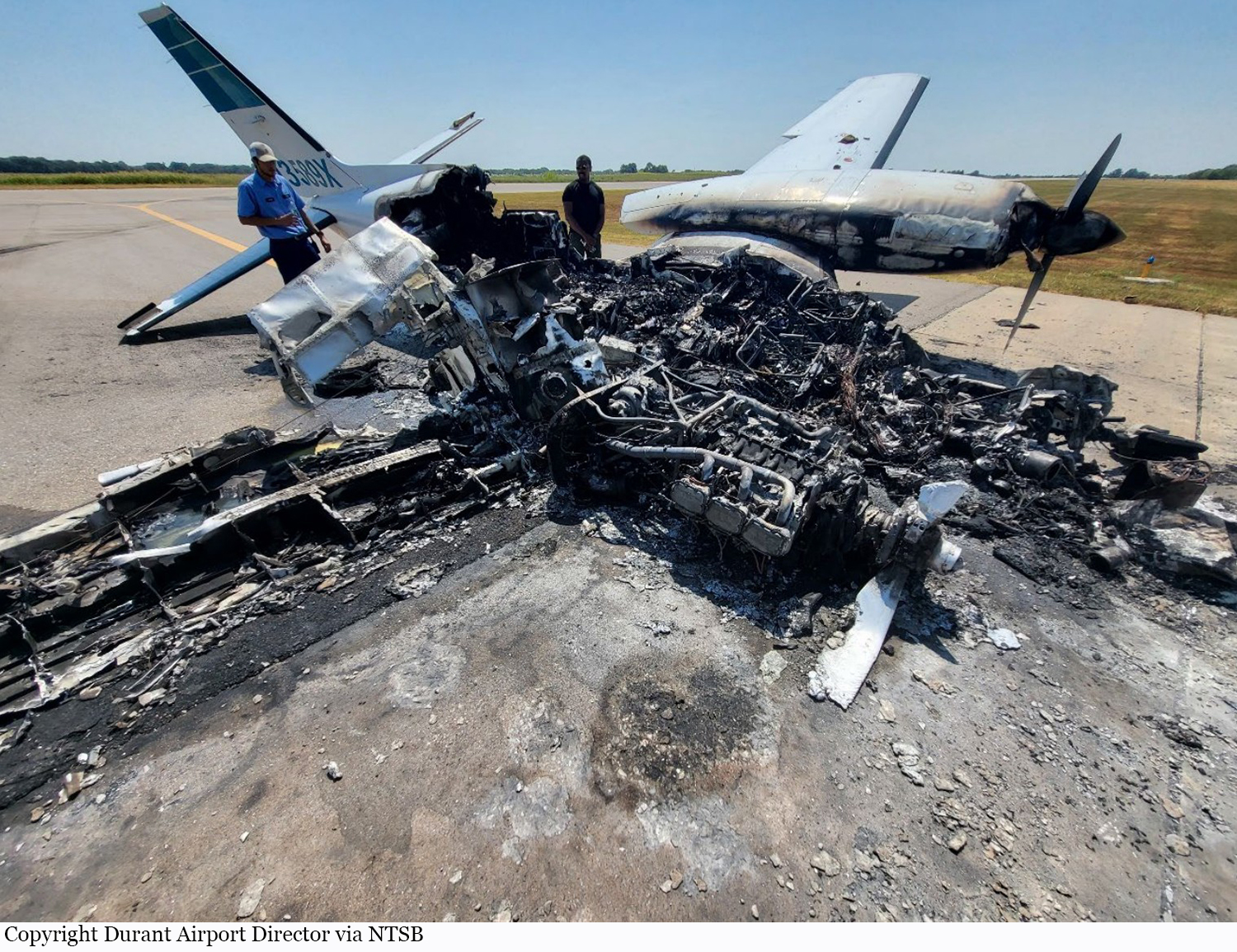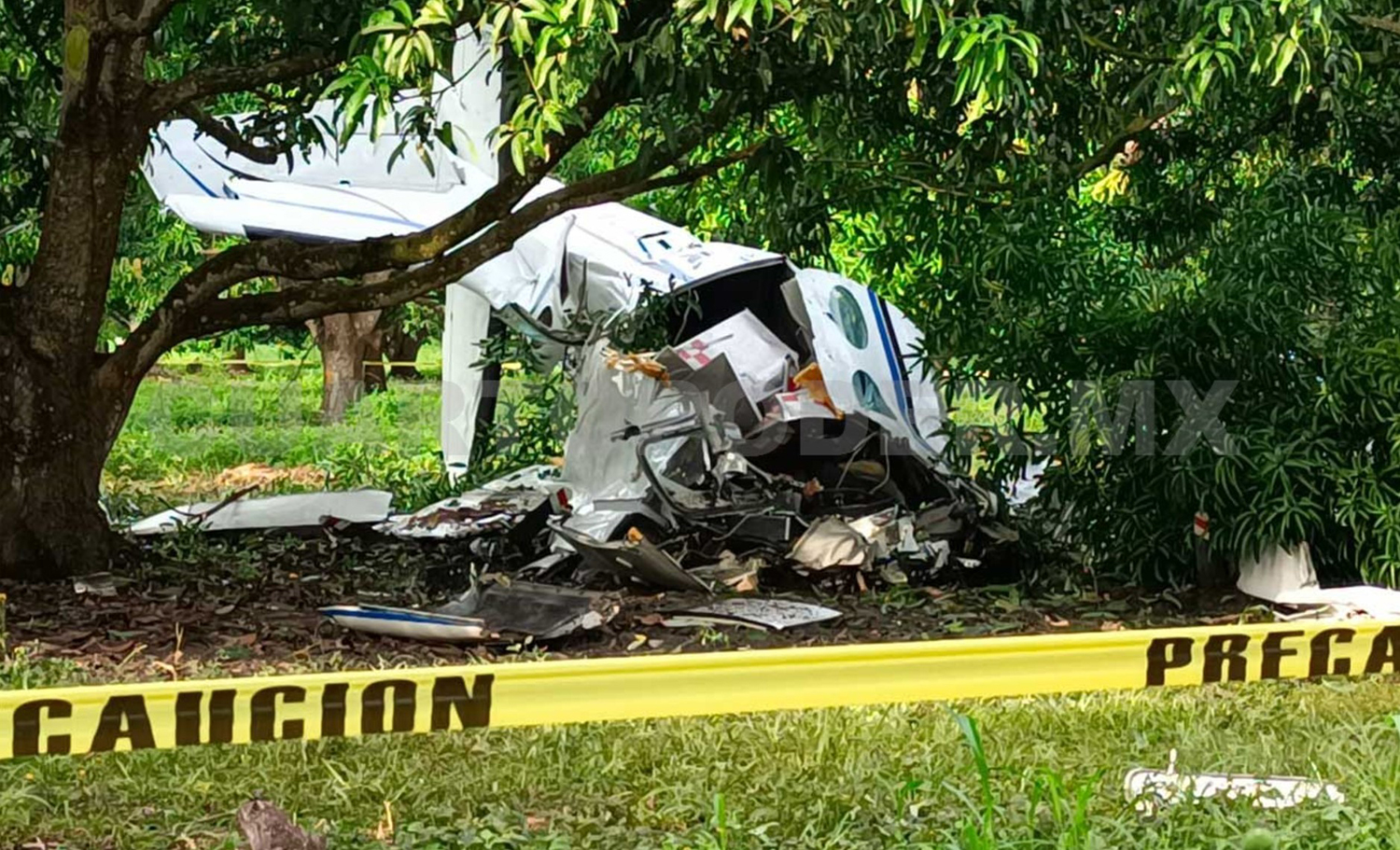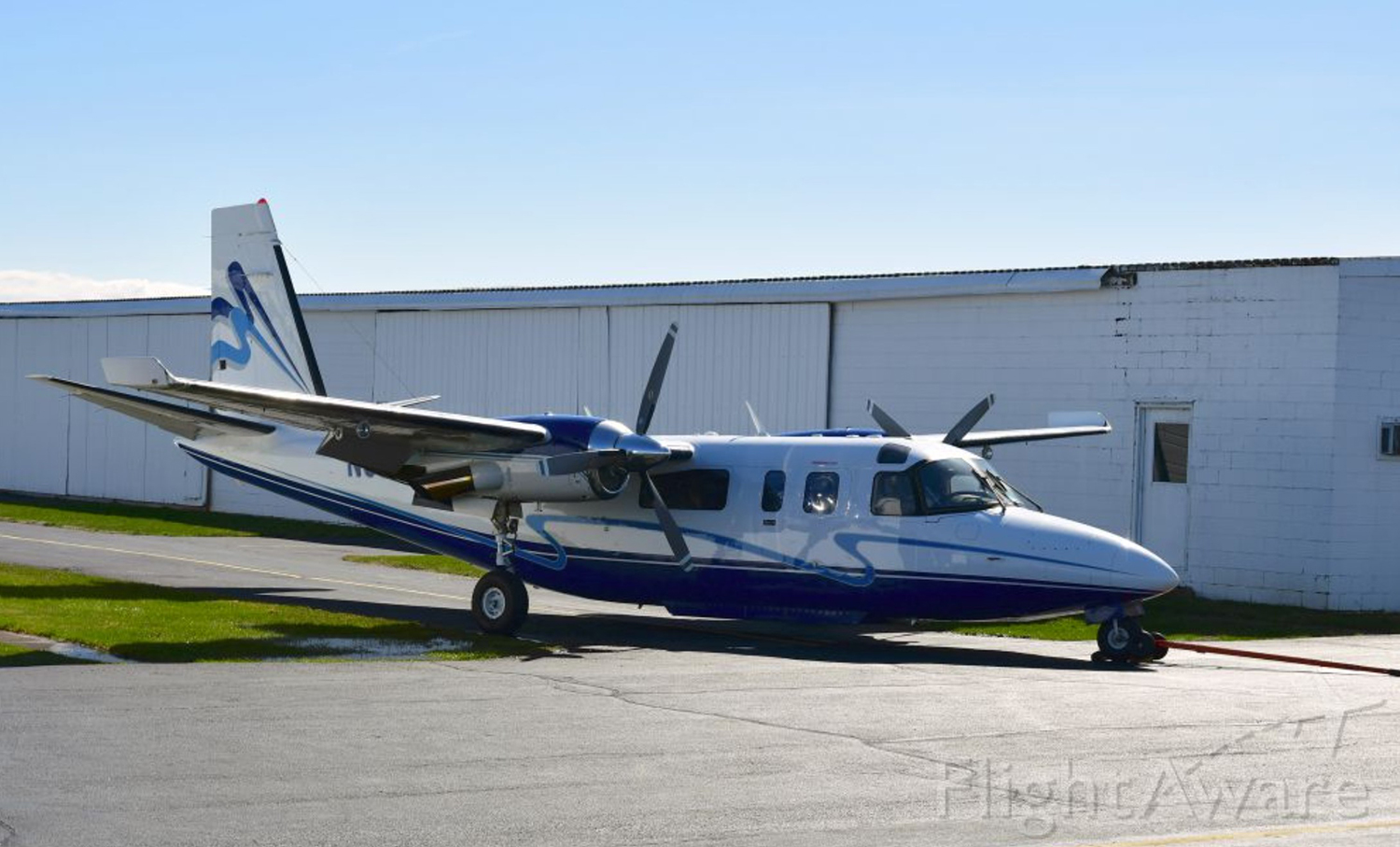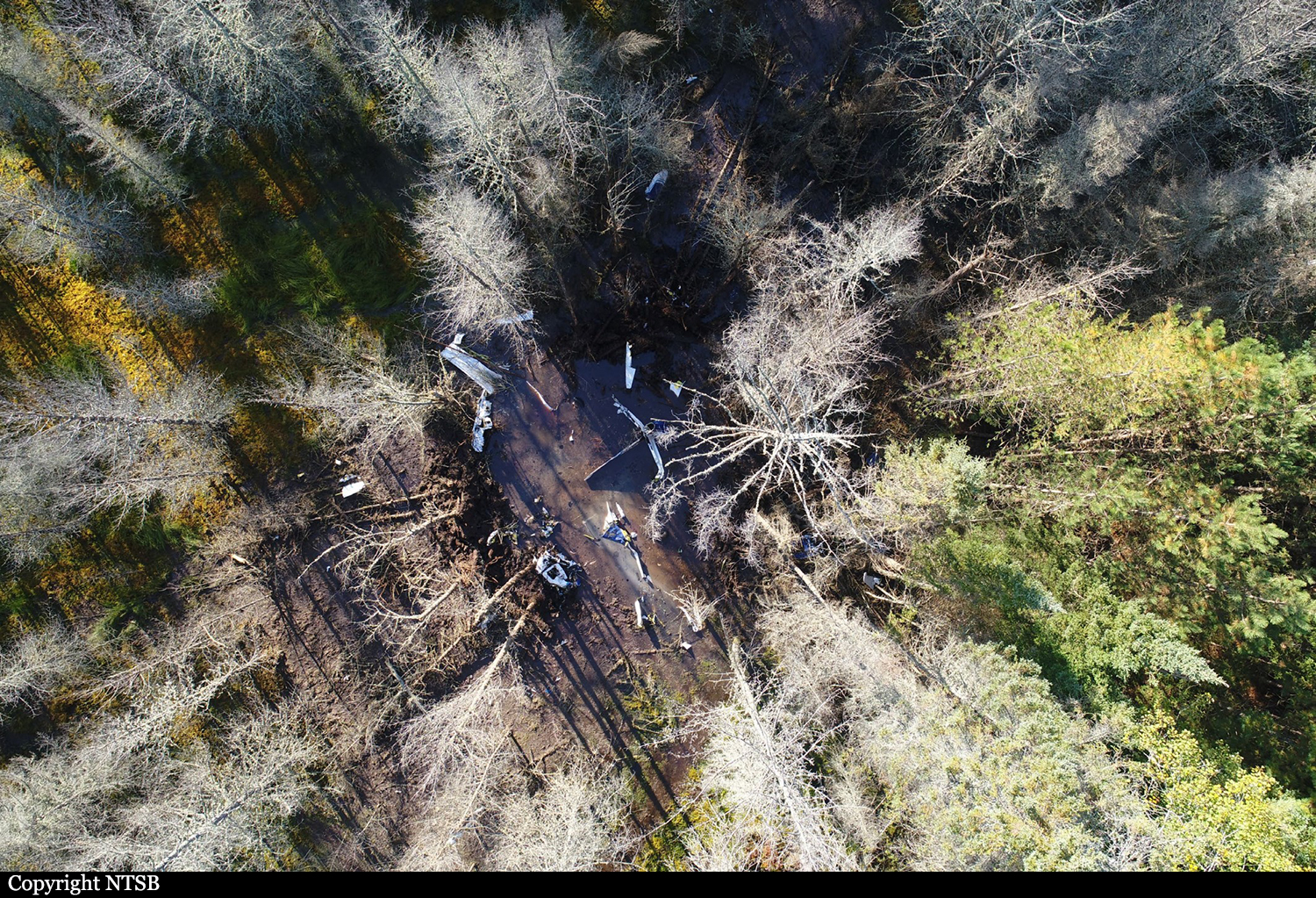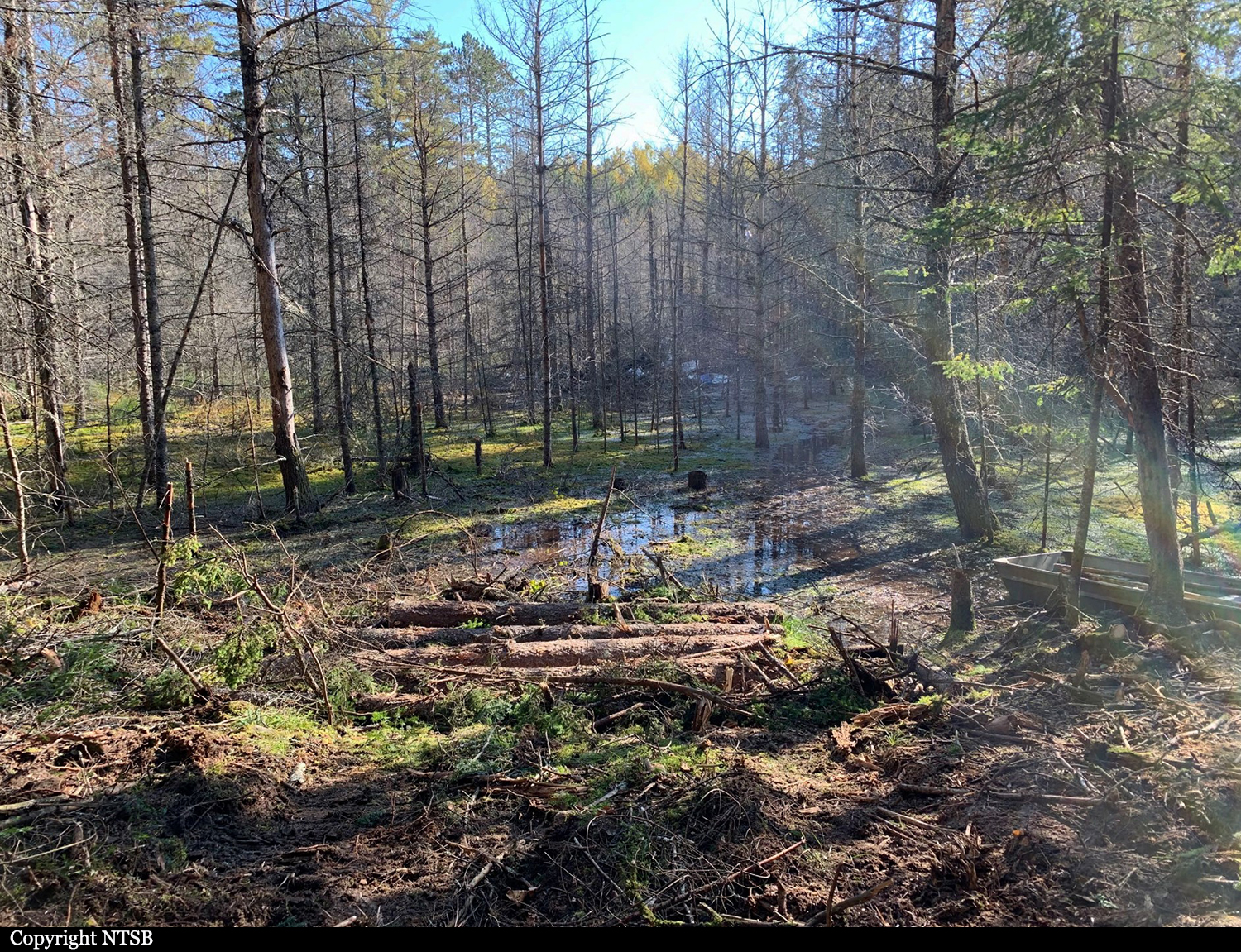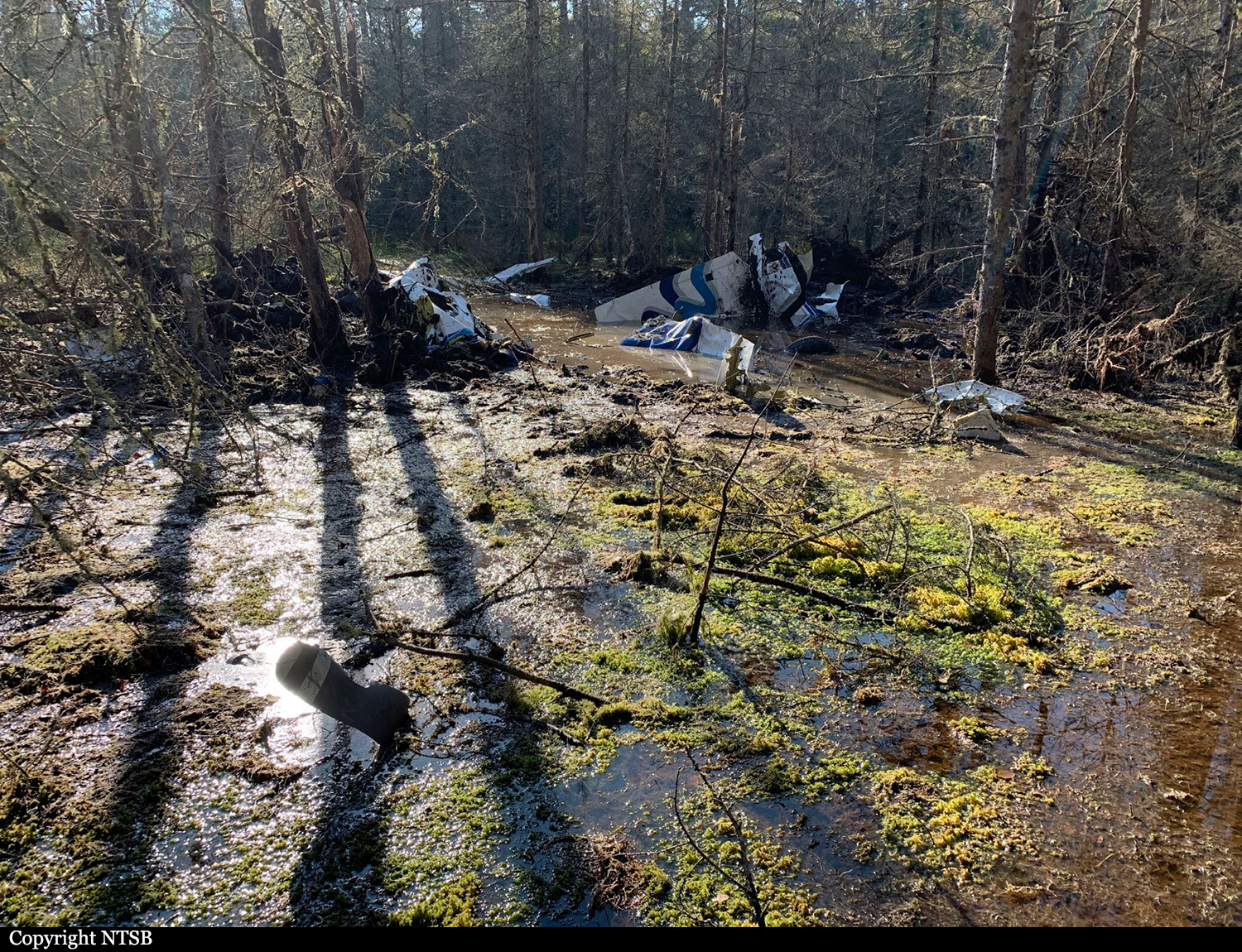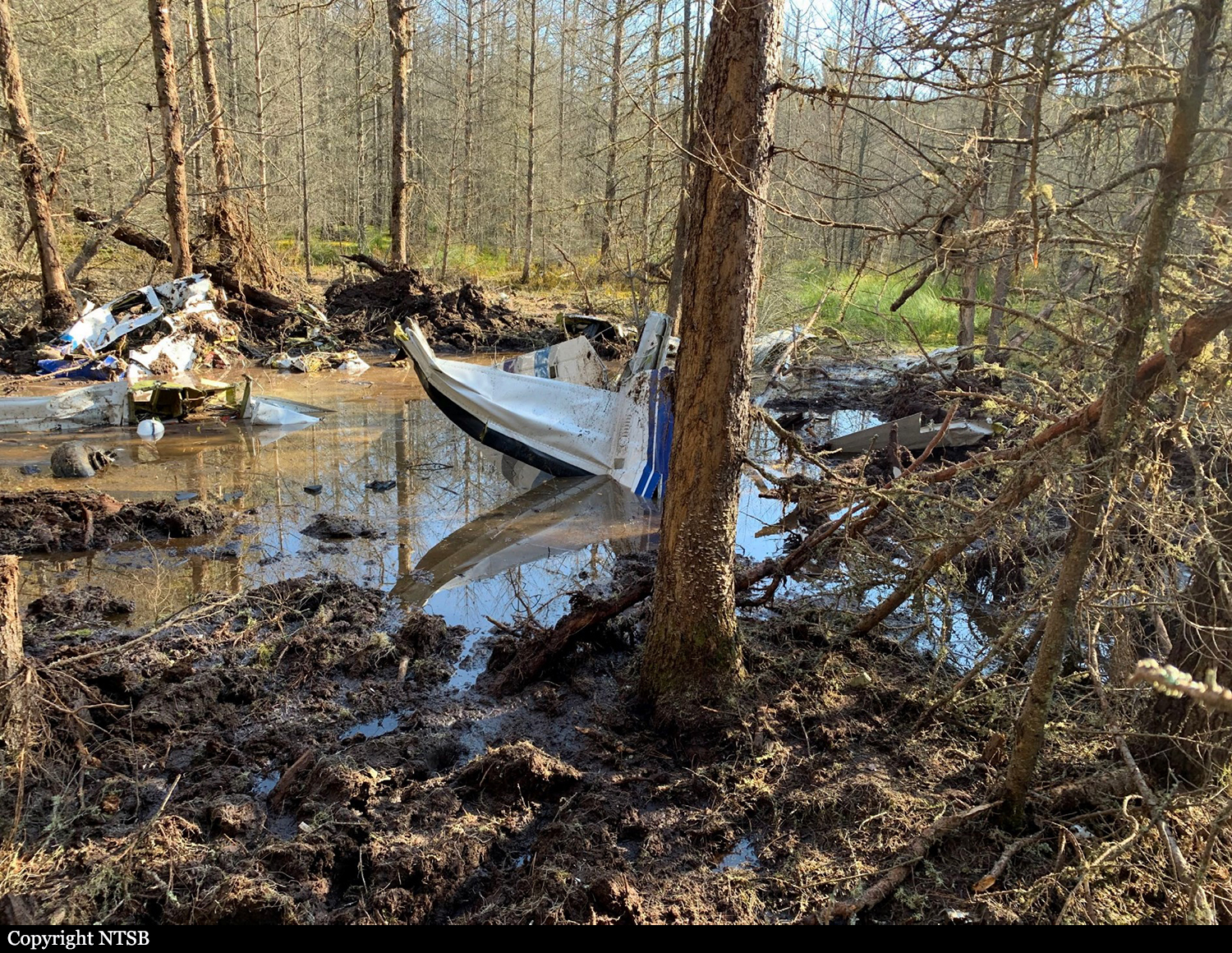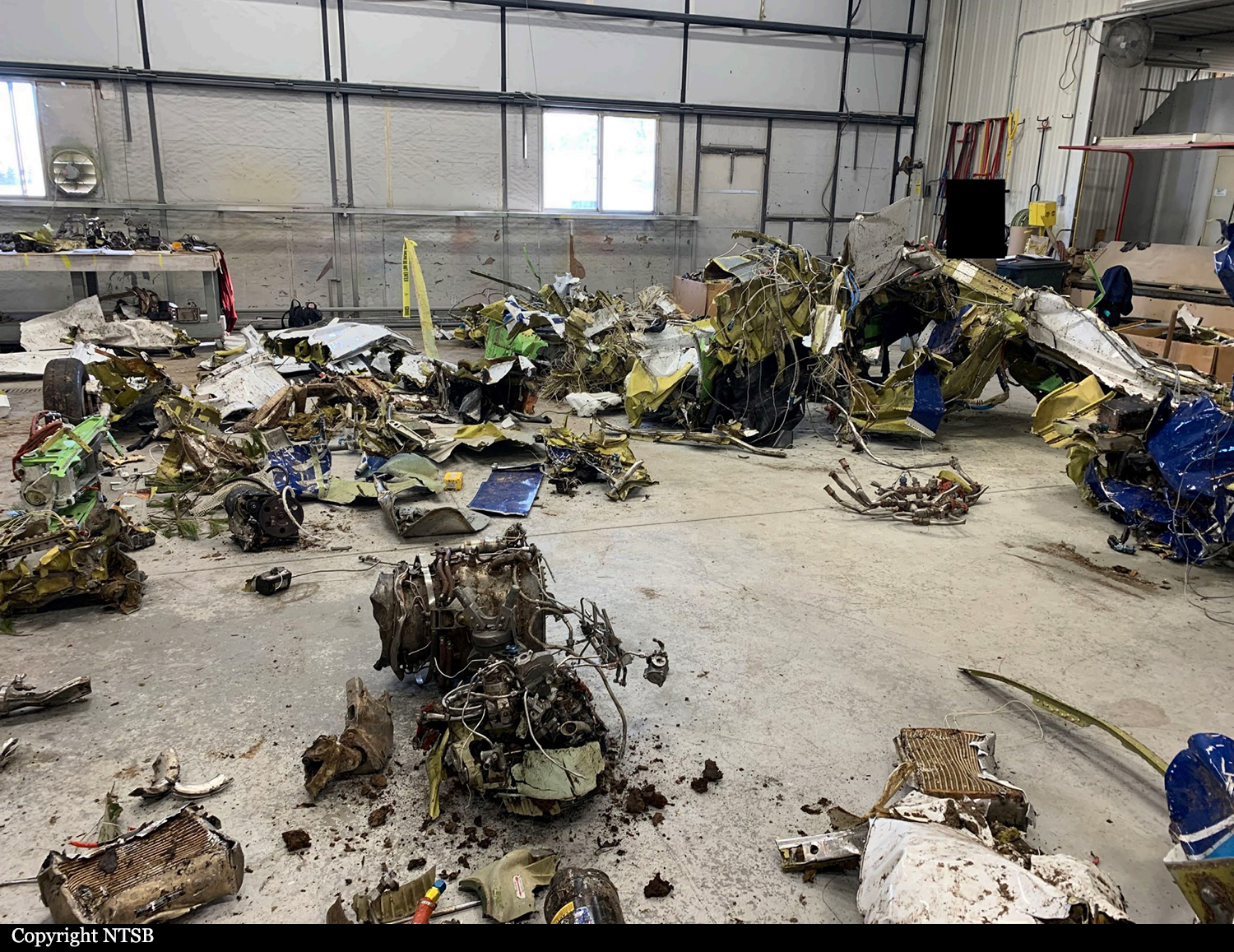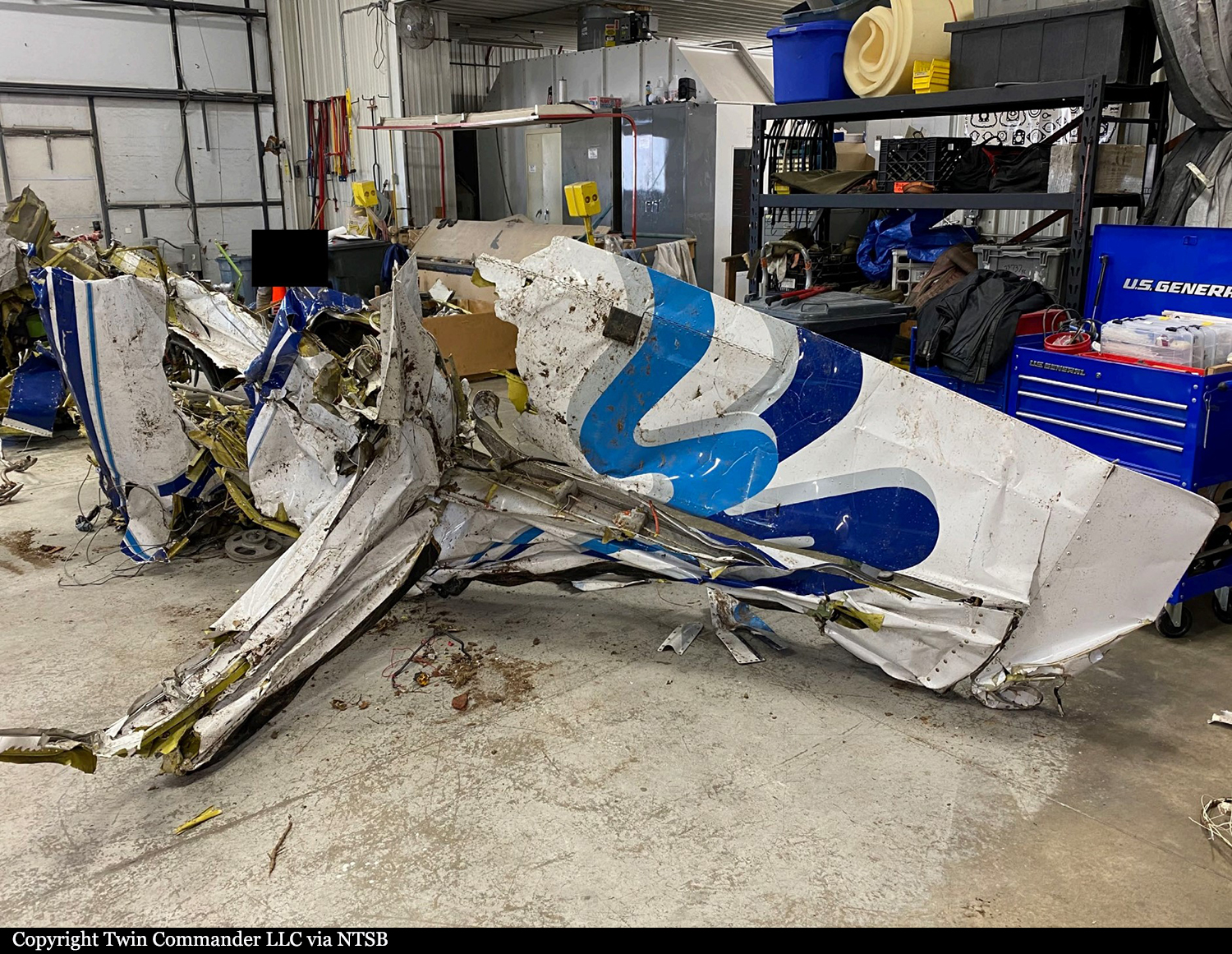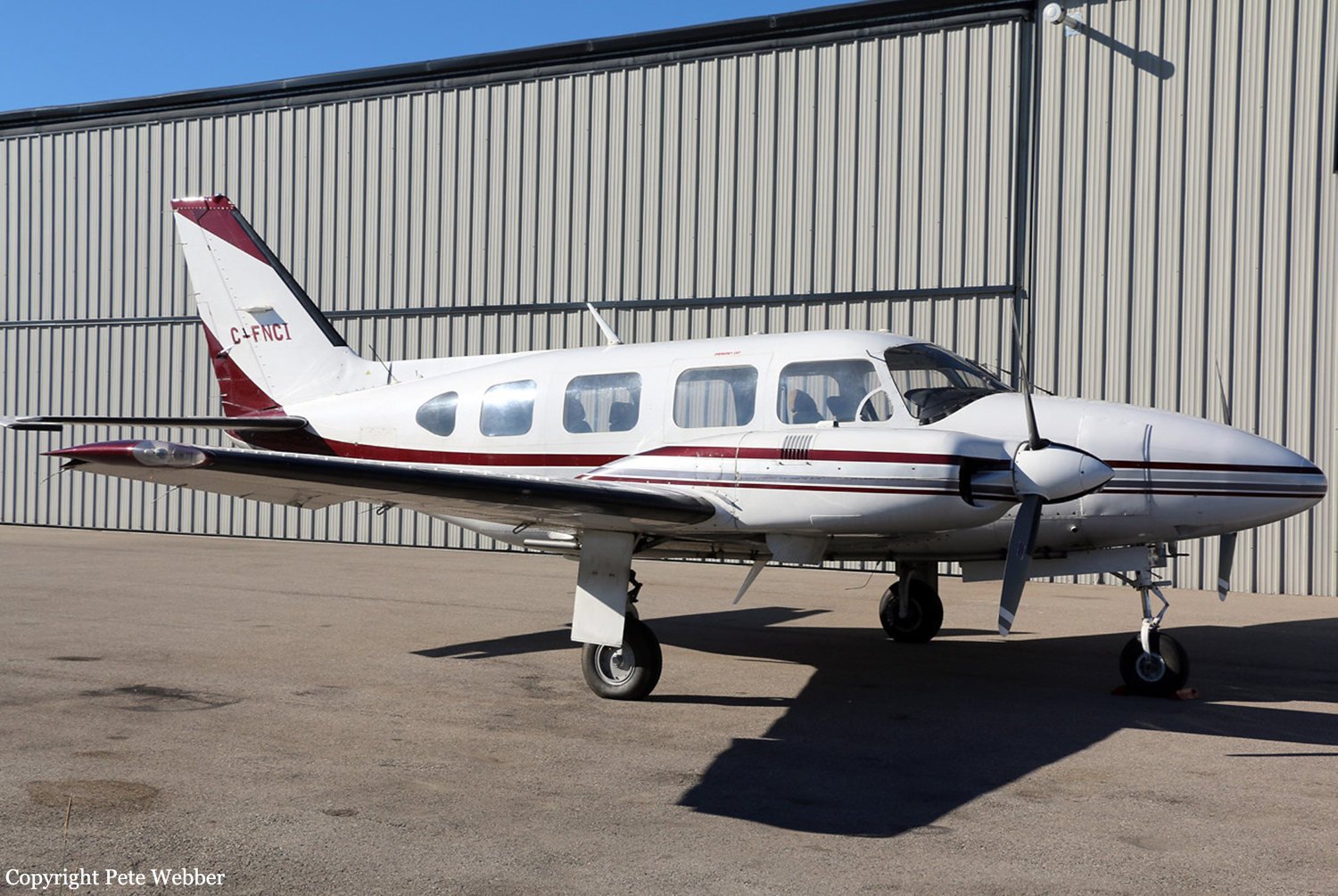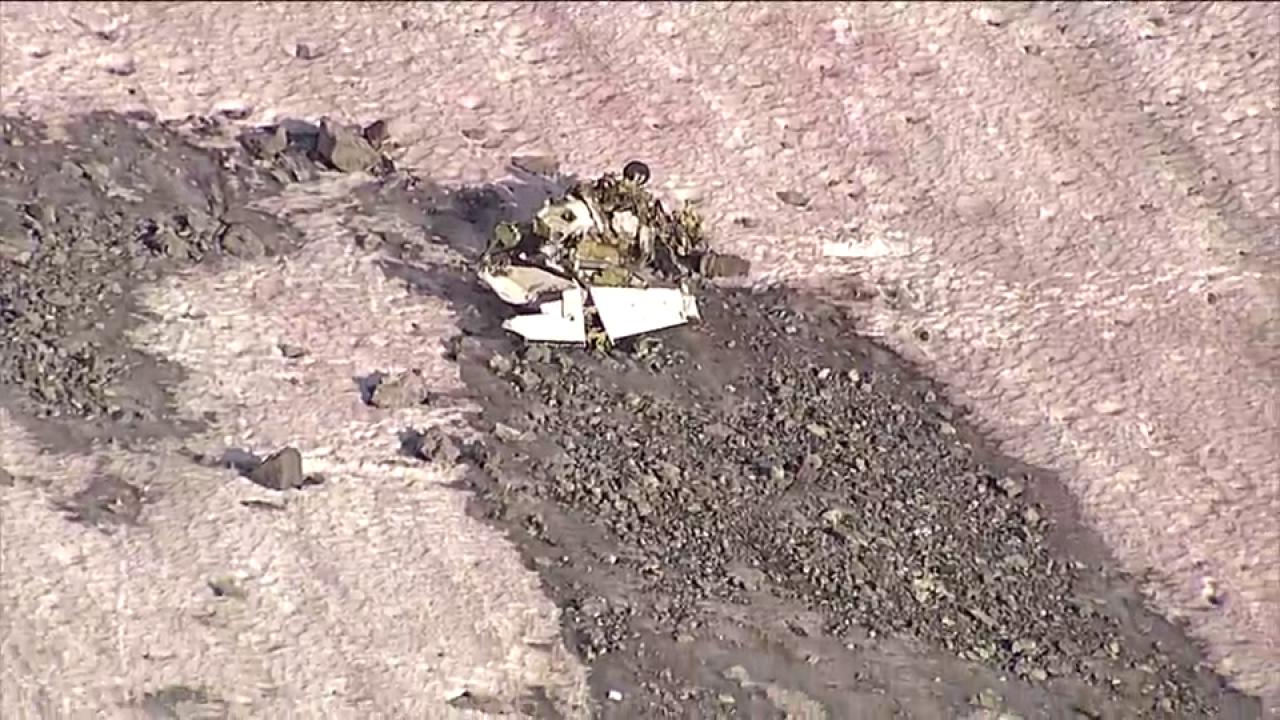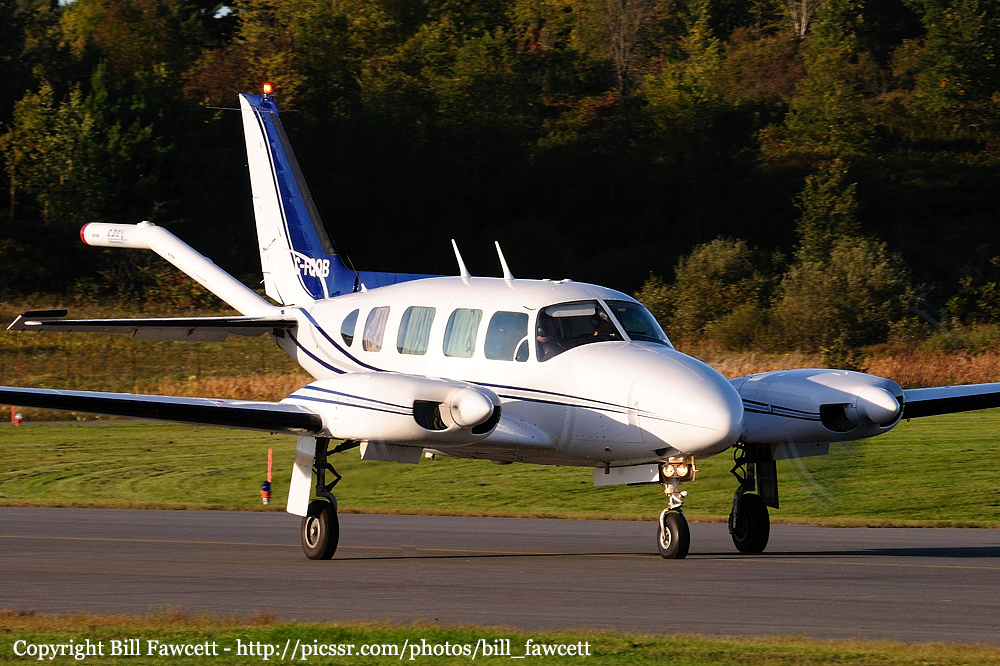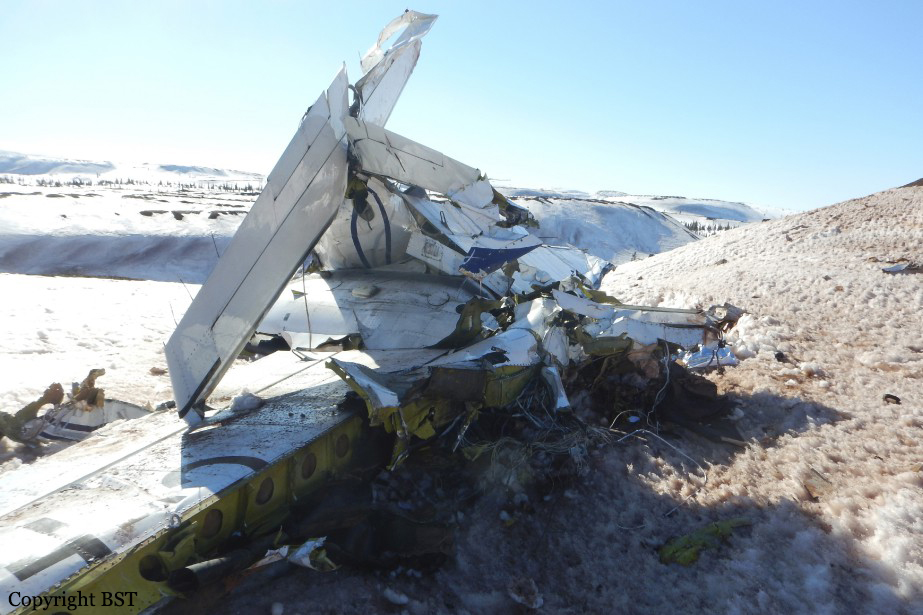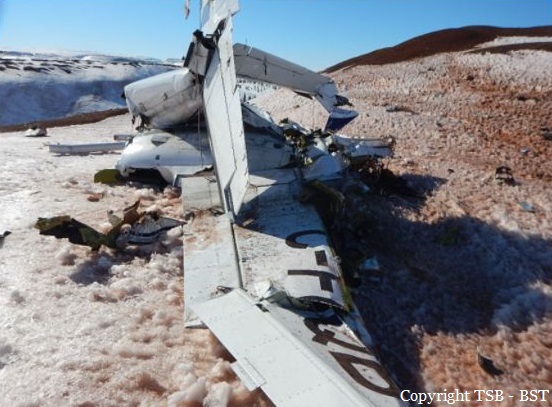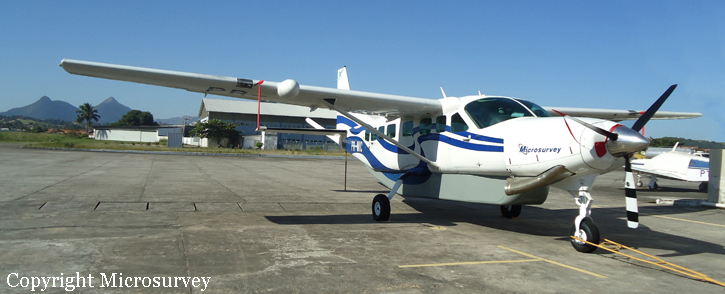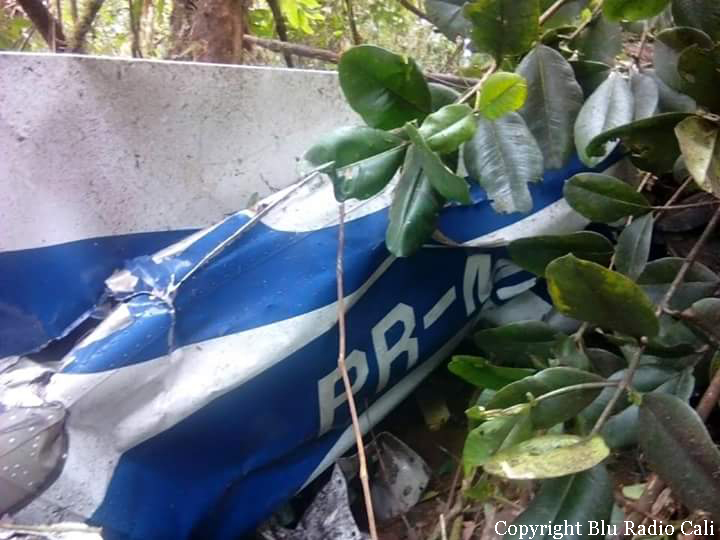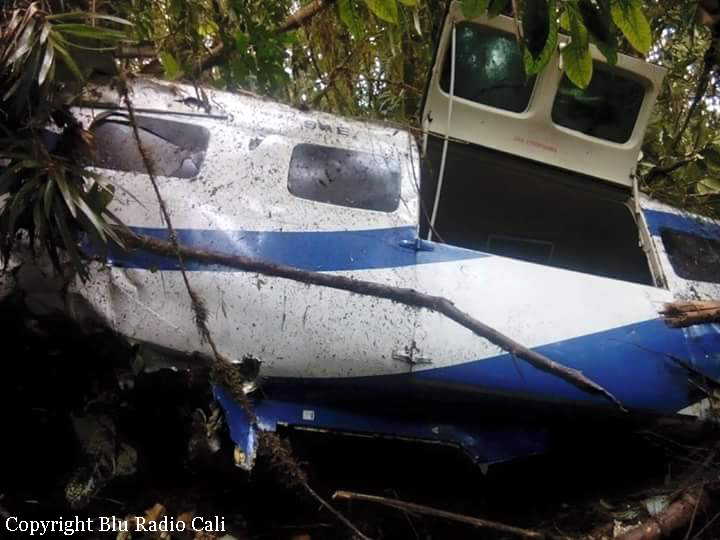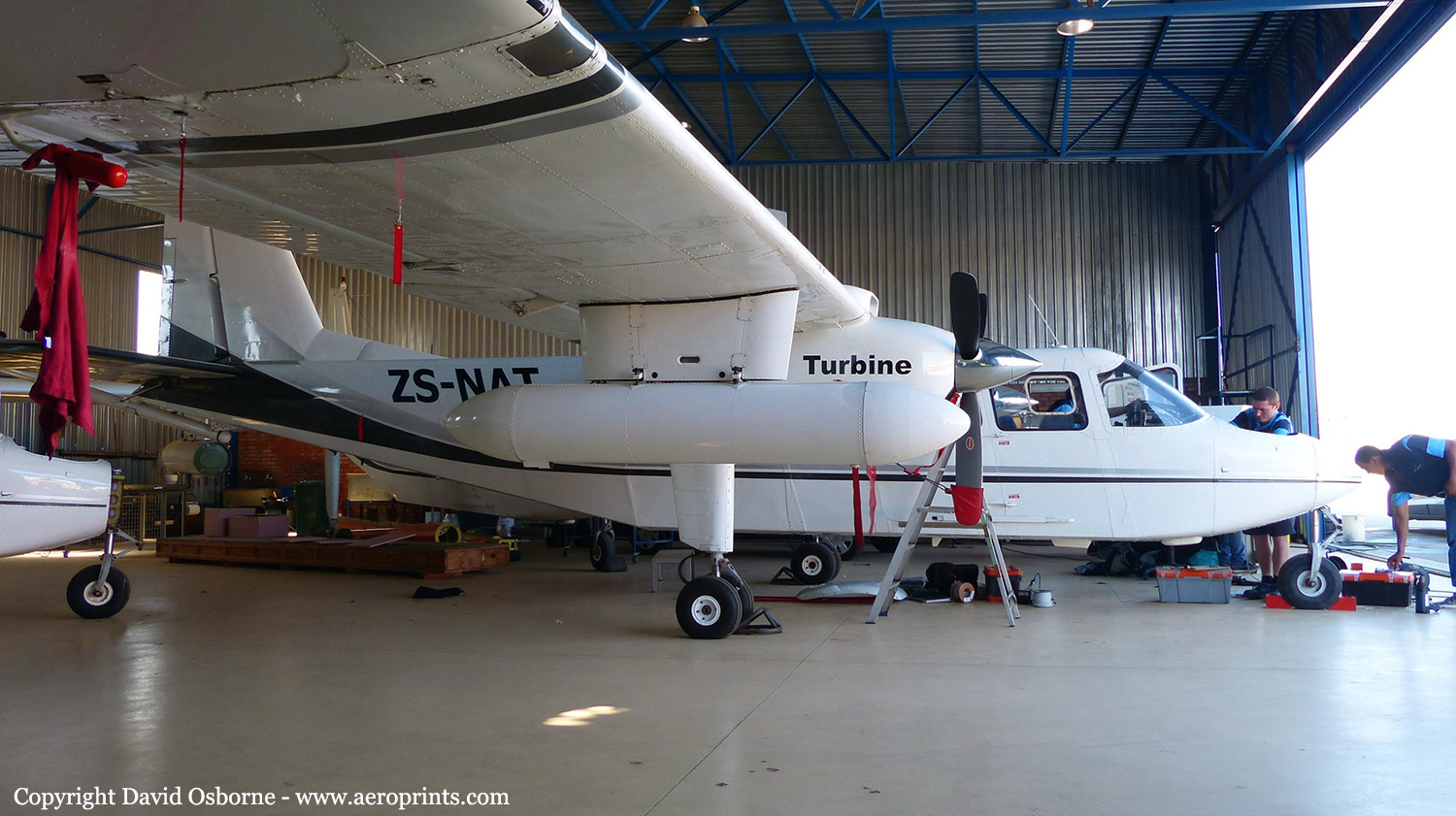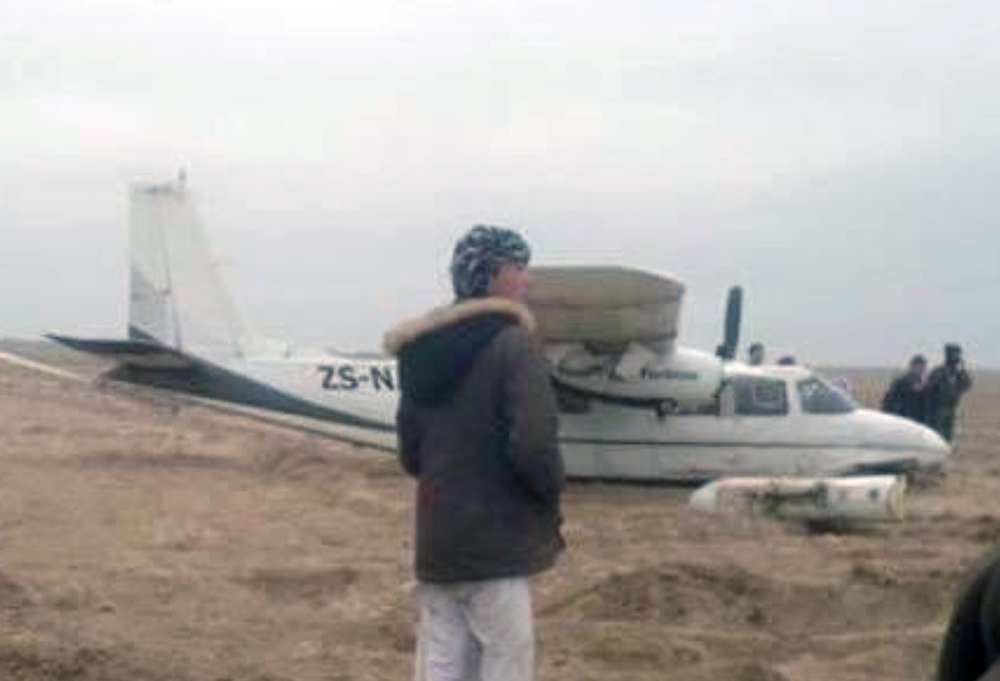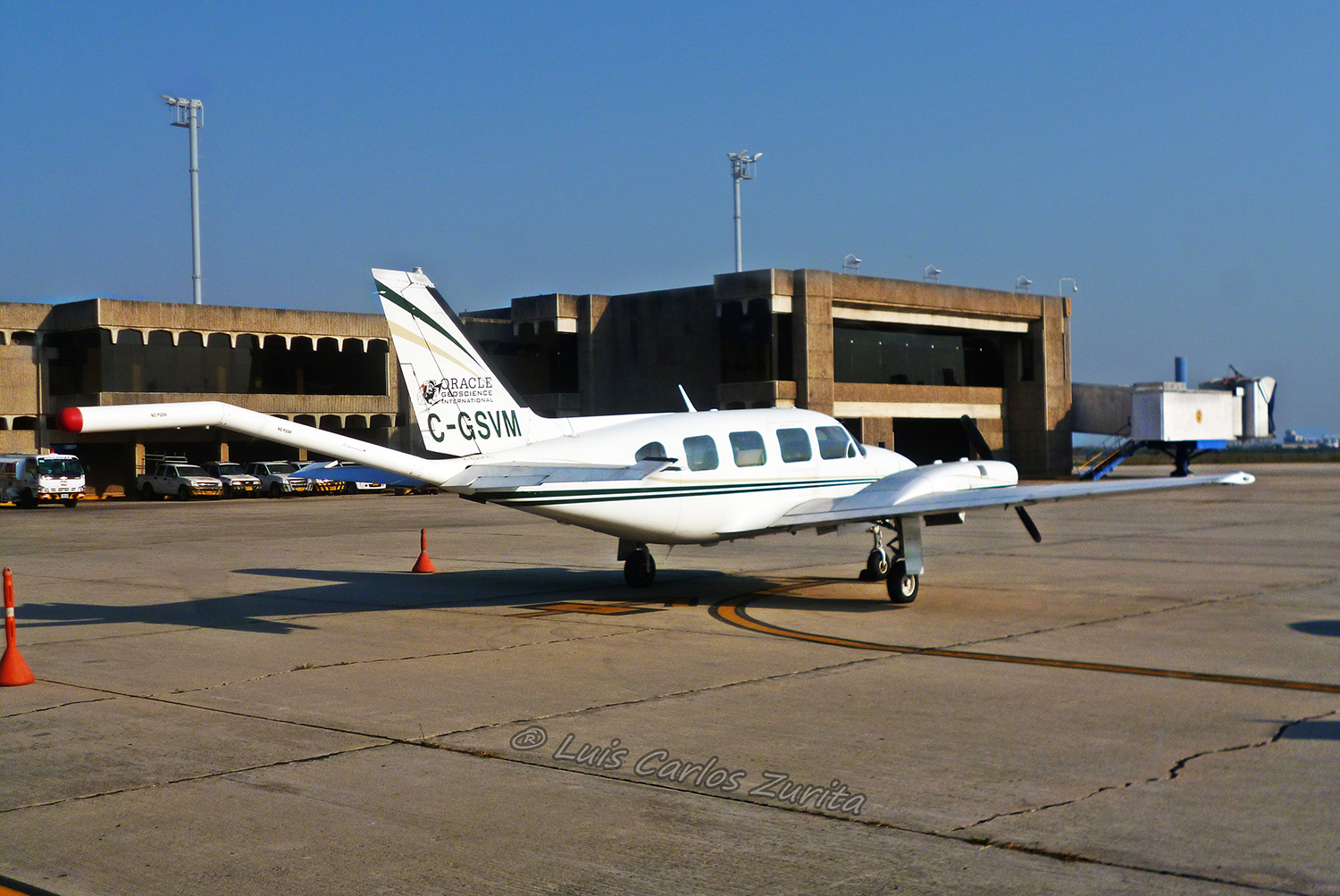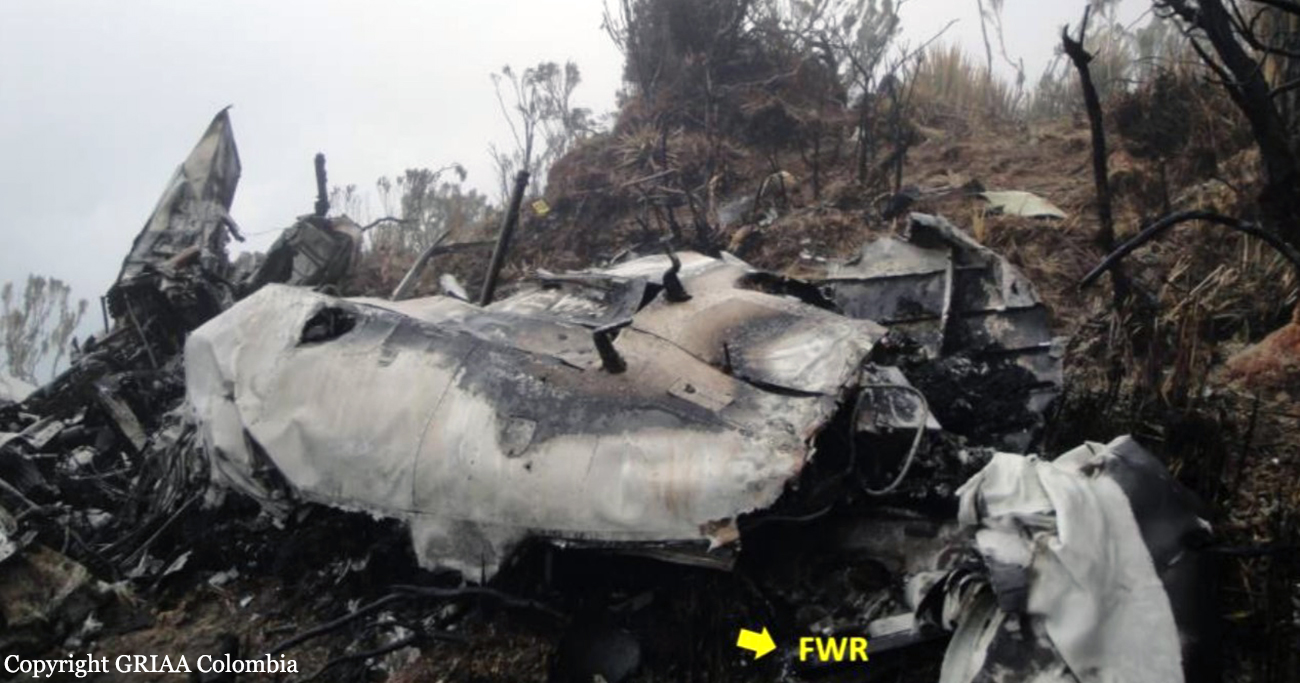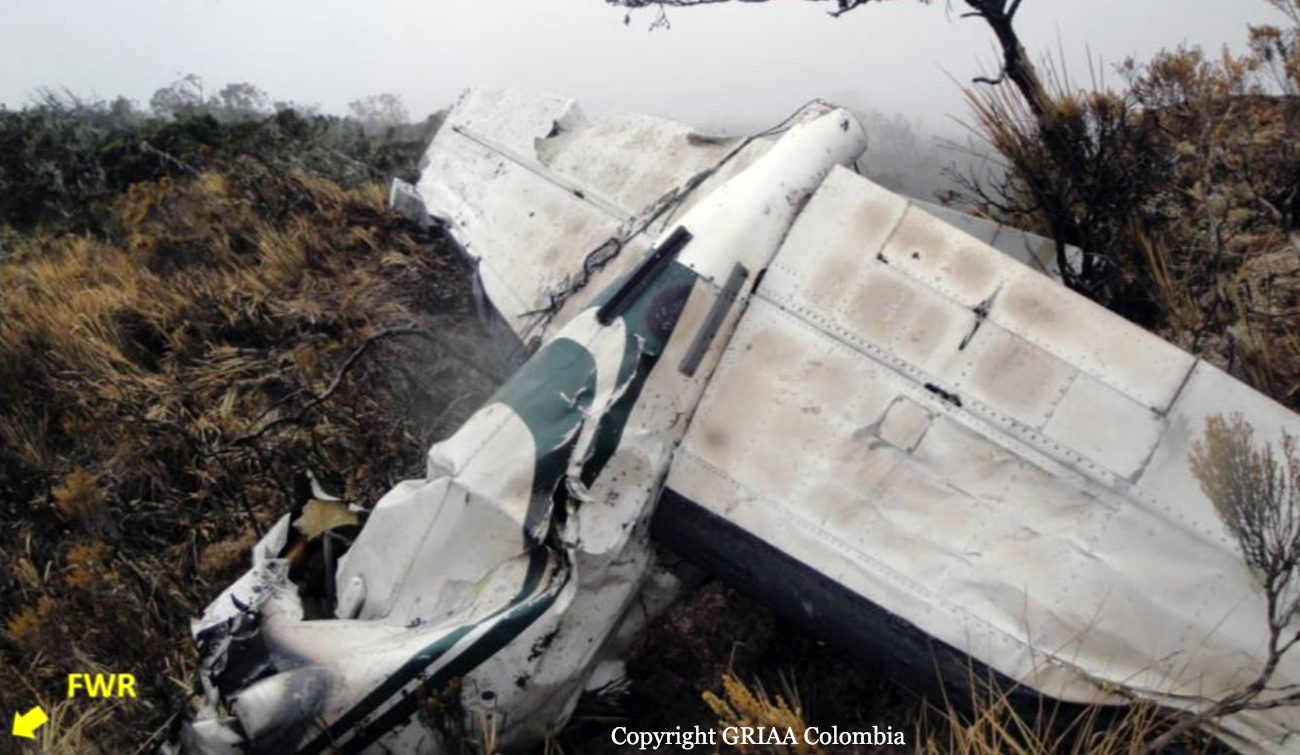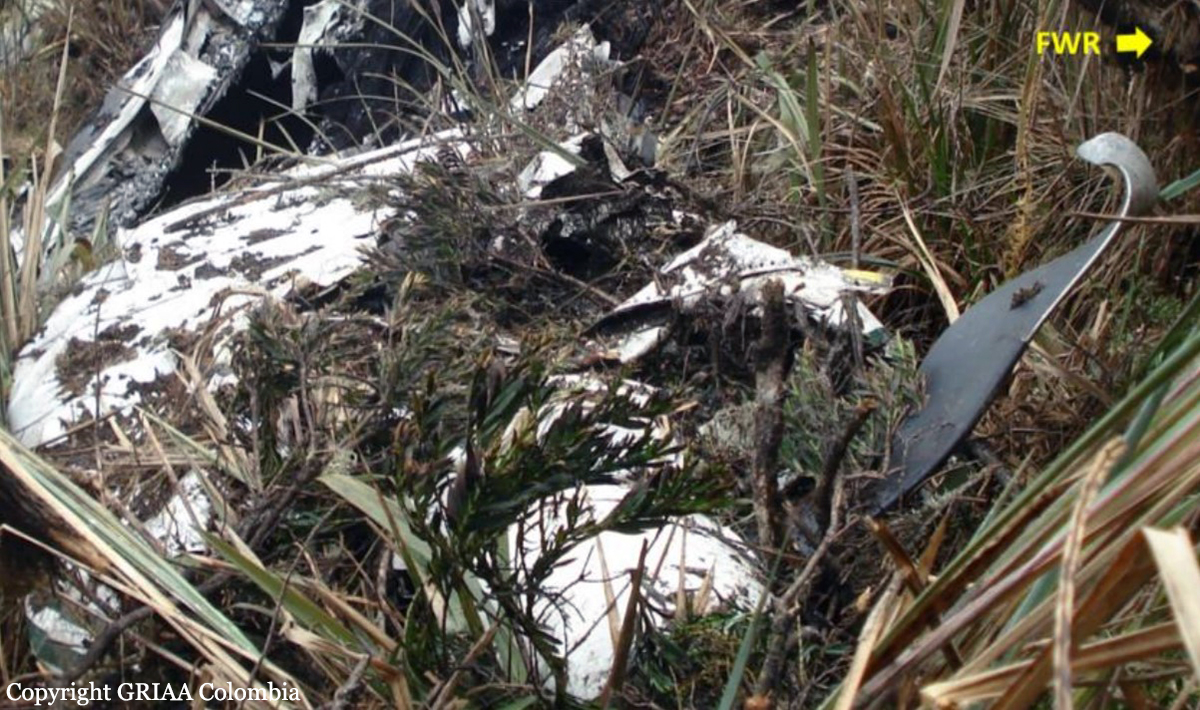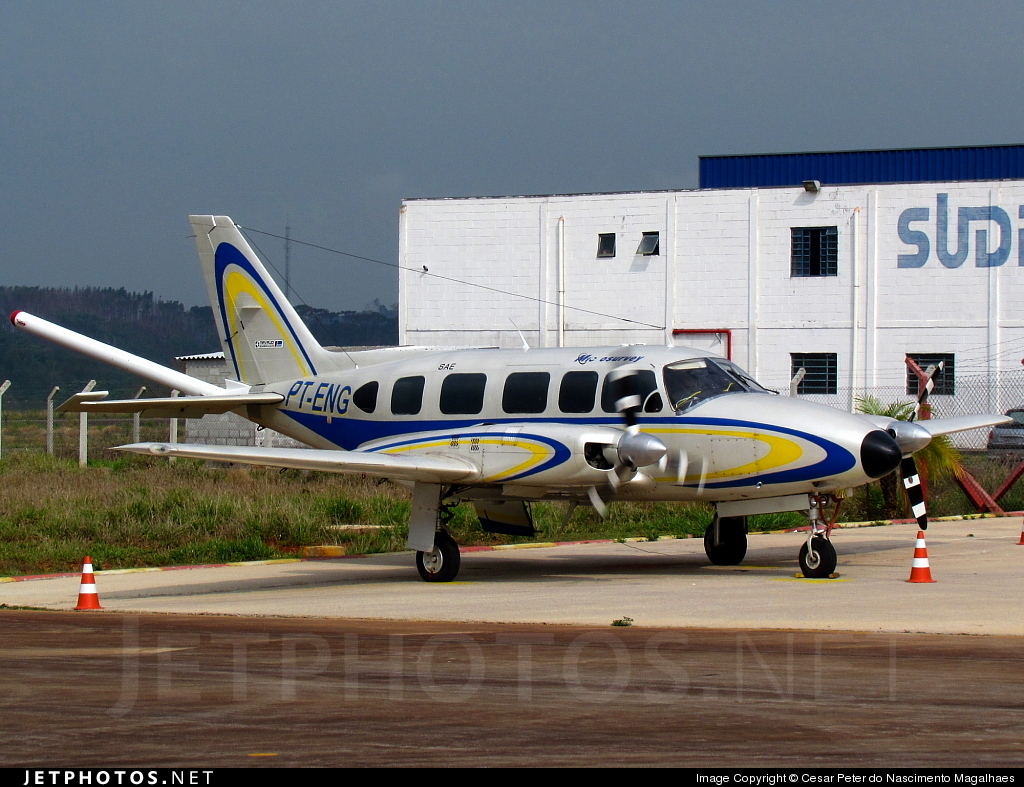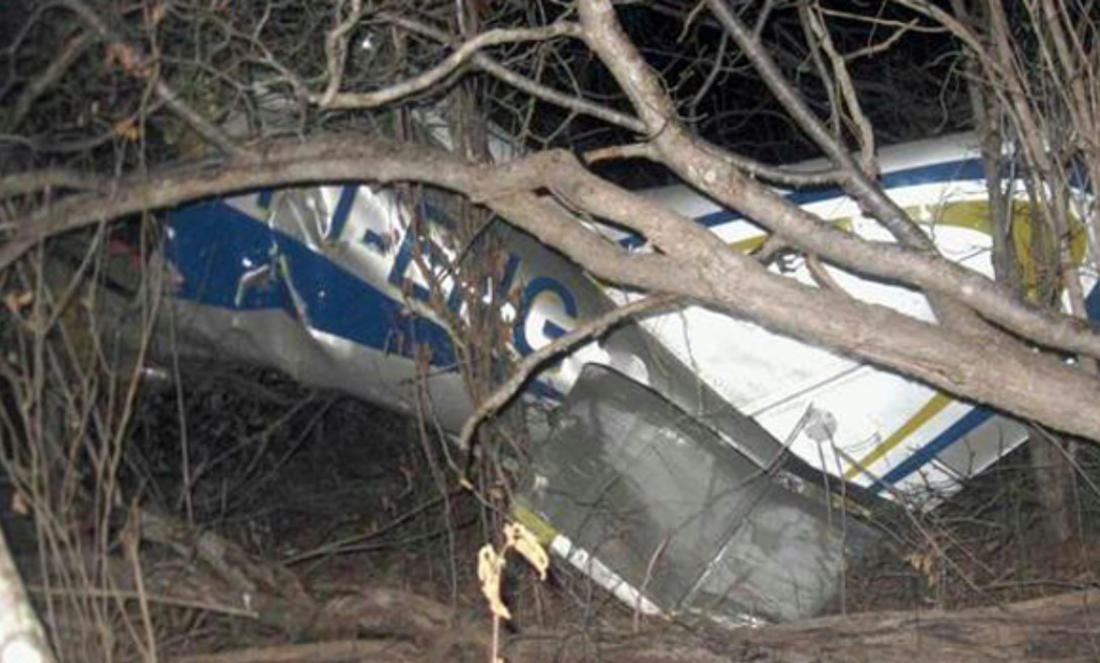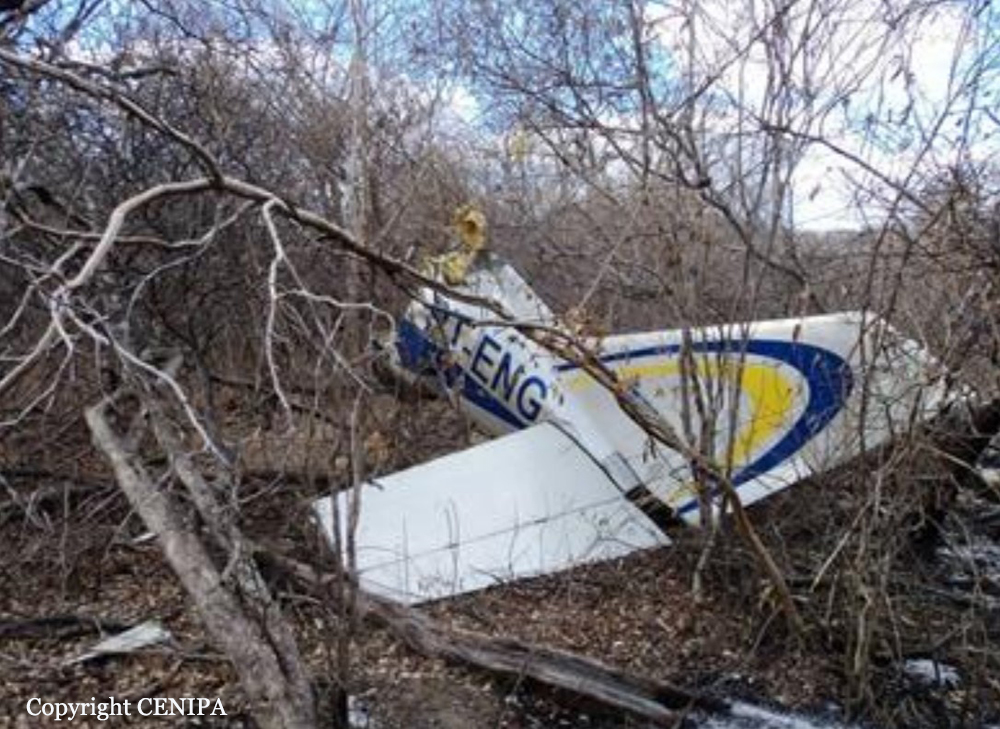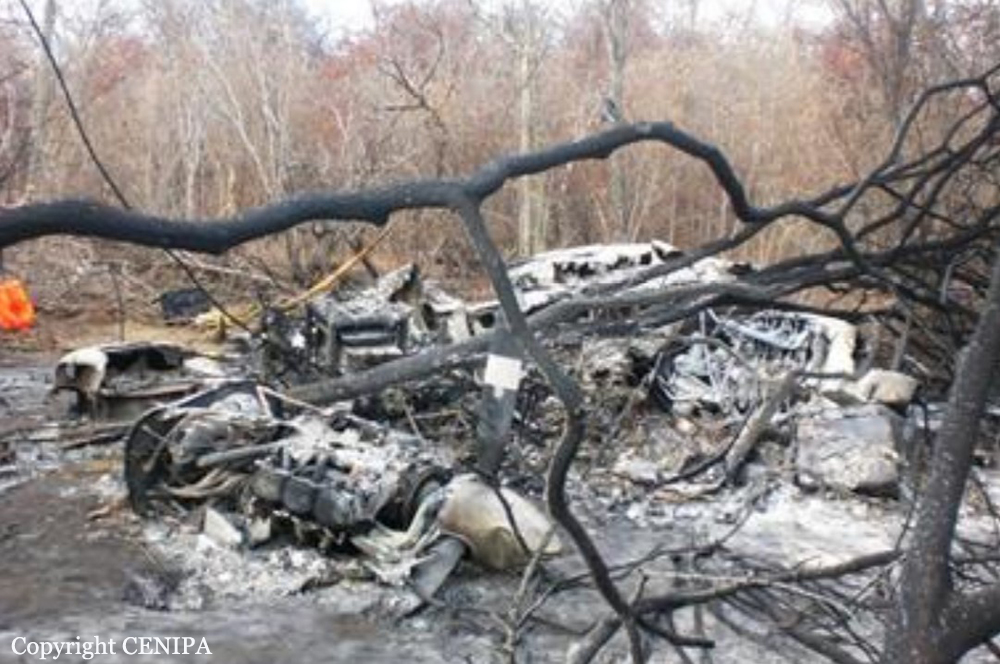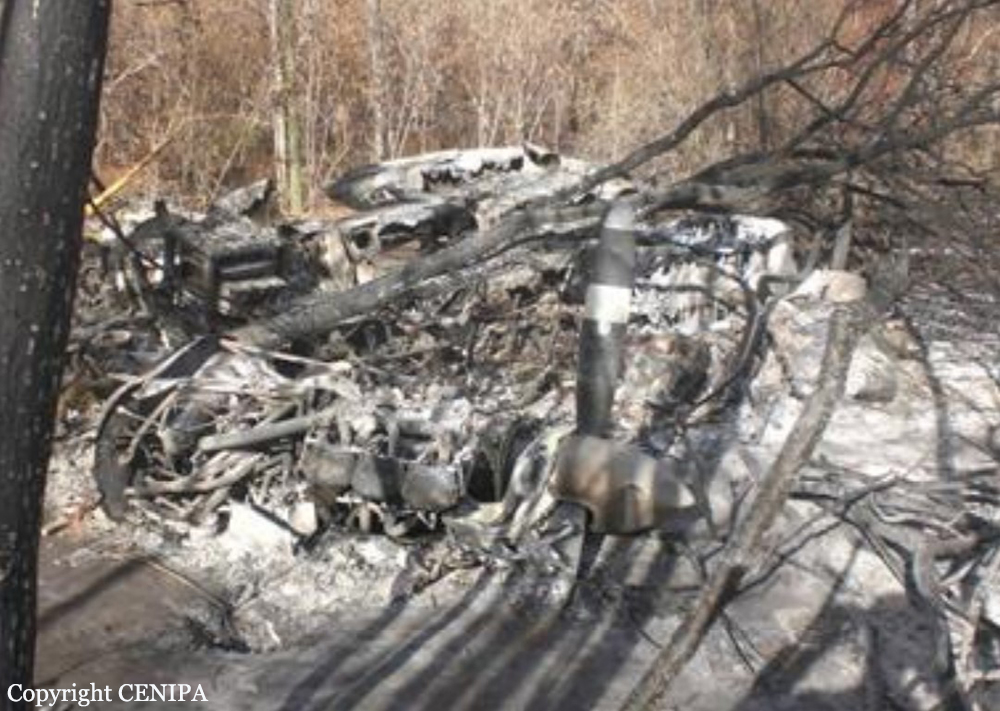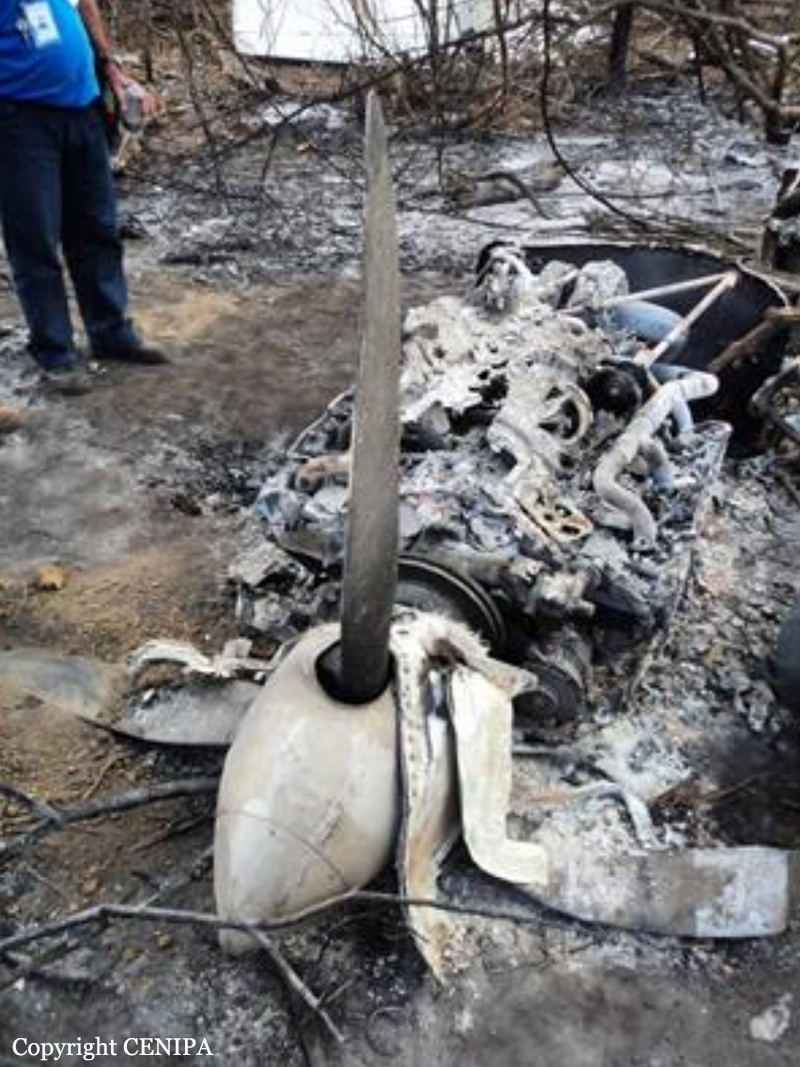Crash of a Piper PA-31-350 Navajo Chieftain in Durant
Date & Time:
Aug 21, 2023 at 1048 LT
Registration:
N3589X
Survivors:
Yes
Schedule:
Tulsa - Tulsa
MSN:
31-8052138
YOM:
1980
Crew on board:
1
Crew fatalities:
Pax on board:
0
Pax fatalities:
Other fatalities:
Total fatalities:
0
Captain / Total hours on type:
1400.00
Aircraft flight hours:
22698
Circumstances:
While in flight, the pilot heard and felt a bang from the right side of the airplane. He saw that the right engine nacelle had a hole in it and the engine was on fire. He secured the engine and diverted to a nearby airport. While on final approach for landing, the engine fire reignited. The pilot landed the airplane, taxied clear of the runway, shut down the left engine, and egressed. The engine fire continued to burn and consumed the right engine and a majority of the fuselage. Examination revealed that the right engine’s No. 2 cylinder was displaced from the engine case but remained attached via the injector manifold vent tube and injector lines. All eight of the No. 2 cylinder’s attach bolts were broken off at the case. The connecting rod cap was found lodged in the bottom of the piston. One connecting rod bolt was found broken off flush in the connecting rod; the top portion was not located. The other connecting rod bolt remained in the connecting rod cap with the nut also not located. One side of the lower connecting rod flange was bent back towards the piston, capturing the nut and remaining portion of the broken bolt. Neither bearing half could be identified in the remaining material. Numerous impact marks were noted on the piston, cylinder, and case. A review of maintenance records found that the engine was last overhauled about 4 ½ years before the accident and had accrued about 900 hours since the overhaul. Based on the available information, it is likely that the nut that secured one side of the connecting rod cap became loose, resulting the separation of the cap and subsequent damage to the No. 2 cylinder. Since the nut could not be located, the reason it did not remain secure could not be determined.
Probable cause:
The loosening of a connecting rod cap nut for reasons that could not be determined, which resulted in a mechanical failure of the engine and an in-flight fire.
Final Report:
